This 3D Model of Legolas from Lord of the Rings consists of files in StereoLithography (.Stl) format that is optimized for 3D printing.
Before printing the files, we strongly recommend reading the PRINTING DETAILS section.
WHAT WILL YOU GET AFTER PURCHASE?
- 5 versions of Legolas Greenleaf STL files for FFF/FDM, DLP/SLA and SLS - files for each version are available for download after the purchase;
- STL files of high-poly LOTR Legolas 3D printer model consist of 96 parts;
- Sizes:
- FFF/FDM: 290 mm tall, 156 mm wide, 266 mm deep;
- DLP/SLA/SLS: 145 mm tall, 78 mm wide, 133 mm deep;
- Assembly Manual for FFF/FDM 1.0 and DLP/SLA 1.0 versions in PDF format;
- Detailed settings that we provide as a recommendation for Cura, Bambu Studio, Simplify3D, Slic3r and PrusaSlicer for the best print;
- Full technical support from the Gambody Support Team.
Detailed information about these 3D printer files is available in the DESCRIPTION section.
ABOUT THIS 3D MODEL
The Lord of the Rings movie trilogy based on Tolkien's legendarium gifted the fans a plethora of unforgettable characters, villains and heroes alike. Despite knowing every scene by heart, we still hold our breath rooting for the Fellowship of the Ring as they break through numerous obstacles for the One Ring and omnipotent Sauron to meet the ultimate demise. Legolas was one of the key members who helped forge the peaceful future of Middle-earth, so why not recall the brave hero together with your 3D printing hobby!
Through the Legolas 3D printer model, our contributing 3D artist was dreaming of bringing to life his favourite movie scene - in the epic sequence, the acrobatic Sindar Elf portrayed by Orlando Bloom rides down the stairs on an Uruk shield, killing vicious enemies on the go with his swift arrows. The author paid tribute to the immensely detailed design of Legolas' clothing and equipment - beautiful textures, leather embossments, intricate weapon engravings, and other small details will astound you. The 3D printed Mirkwood's prince will gladly fight with you side by side!
ADAPTATION FOR 3D PRINTING
Legolas 3D print is a static assembly model and its moderation and adaptation for different types of 3D printers took Gambody team 34 hours. The model's anatomy and proportions were thoroughly reviewed during the moderation process for the elf to be depicted harmoniously in the intended dynamic pose as seen in the famous movie scene.
The model’s cutting was chosen by our team to minimise the amount of generated support and some of the parts were hollowed out for you to save resin in the Eco version. In order to conceal the places where the assembly parts of the model are connected, it was cut along the contour of Legolas' attire. For you to achieve the cleanest 3D printed result, the character’s head, hair strands, hands, vambraces, bow, quiver and arrows, daggers, etc. are provided as separate assembly parts.
All assembly parts of the FFF/FDM versions come in STL files in recommended positions that were worked out in order to ensure the smoothness of the details’ surfaces after printing and so that the 3D printing beginners won't face difficulties when placing the parts on a build plate.
The 3D model is saved in STL files, a format supported by most 3D printers. All STL files for 3D printing have been checked in Netfabb and no errors were shown.
The model's scale was calculated from the approximate height of Legolas which is 1830 mm. The 3D printing design's chosen scale is 1:8 for the FFF/FDM version and 1:16 for the DLP/SLA/SLS versions.
VERSIONS' SPECIFICATIONS
FFF/FDM 1.0 version features:
- Contains 33 parts;
- A printed model is 290 mm tall, 156 mm wide, 266 mm deep;
- The assembly kit includes lock 33_ge_lock to attach the model's body to legs securely without glue;
- All parts are divided in such a way that you will print them with the smallest number of support structures.
- DLP/SLA 1.0 version features:
- Contains 20 parts;
- A printed model is 145 mm tall, 78 mm wide, 133 mm deep;
- All parts are divided in such a way to fit the build plates and to ensure that support structures are generated where needed.
DLP/SLA Eco 1.0 version features:
- Contains 20 parts;
- A printed model is 145 mm tall, 78 mm wide, 133 mm deep;
- Some parts are manually hollowed out to save resin.
DLP/SLA Pre-supported 1.0 version features:
- Contains 20 parts;
- A printed model is 145 mm tall, 78 mm wide, 133 mm deep;
- The STL files that this version comprises are pre-supported, hollowed out, and have drain holes where needed;
- You may choose to print the STL files one by one or several at once, depending on the dimensions of your resin 3D printer's build plate;
- When slicing several STL files at once, the attachment layers (Platform Touch Shape) may overlap, but the supports must not come into contact.
SLS 1.0 version features:
- Made as a solid one-piece Legolas model;
- A printed model is 145 mm tall, 78 mm wide, 133 mm deep;
- Contains 3 parts - a solid Legolas model standing on the platform and separated from it.
You can get the STL files of Legolas for 3D Printer Model immediately after the purchase! Just click the green Buy button in the top-right corner of the model’s page. You can pay with PayPal or your credit card.
Watch the tutorial on how to assemble Legolas 3D Printer Model on Gambody YouTube channel.
Also, you may like other LOTR 3D Printing Designs.
_______
FAQ:
Generic
Below you can find printing recommendations for Cura, Bambu Studio, Simplify3D, Slic3r and PrusaSlicer software.
Disclaimer: The following printing settings are a recommendation, not an obligation. The parameters can vary depending on the peculiarities of your 3D printer, the material you use, and especially the particular assembly part you are working with. Each part that any model comprises often needs preliminary review, and you are free to tweak the settings the way you find suitable.
Note:
You can scale up the model (downscaling for FFF/FDM 3D printers is not recommended!);
All connectors should be printed at 100% Infill.
Bambu Lab printing recommendations:
These basic 3D printing settings recommendations for beginners were tested in Bambu Studio 1.9.5. Test models were printed on the Bambu Lab A1, Bambu Lab A1 Mini, Creality Ender 3 S1, Anycubic Kobra 2, and Anycubic Vyper using PLA and PETG filaments.
To avoid printing problems, we recommend the following settings: download
Cura printing recommendations:
These are averaged settings which were tested in the Cura 5.8.1 slicer. Test models were printed on Anycubic Vyper, Creality Ender 3 Pro with PLA filament.
To avoid printing problems, we recommend the following settings: download
Simplify3D printing recommendations:
These are averaged settings which were tested in the Simplify3D 5.0.0 slicer. Test models were printed on Anycubic Vyper, FLSUN v400, Ender3 S1 with PLA filament.
To avoid printing problems, we recommend the following settings: download
Slic3r printing recommendations:
These basic 3D printing settings recommendations for beginners were tested in Slic3r 1.3.0 software. Test models were printed on Ultimaker 2, Creality Ender 3, Creality Cr-10S pro v2, Anycubic I3 Mega, Anycubic I3 MegaS, Anycubic Vyper with PLA and PetG filaments.
To avoid printing problems, we recommend the following settings: download
PrusaSlicer printing recommendations:
These basic 3D printing settings recommendations for beginners were tested in PrusaSlicer 2.3.1. Test models were printed on Ultimaker 2, Creality Ender 3, Creality Cr-10S pro v2, Anycubic I3 Mega, Anycubic I3 MegaS, Anycubic Vyper with PLA and PETG filaments.
To avoid printing problems, we recommend the following settings: download

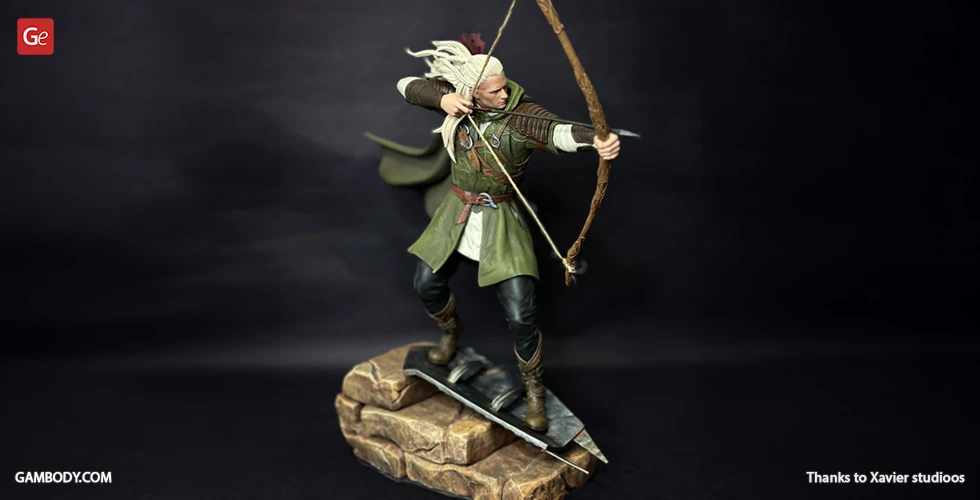
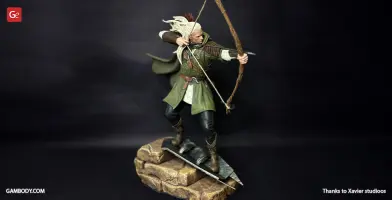
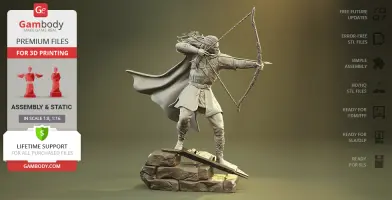
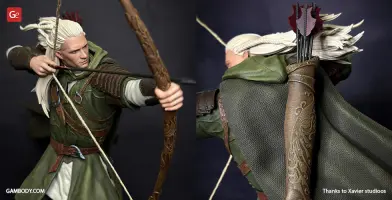
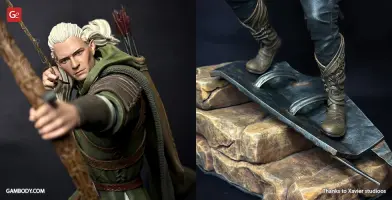
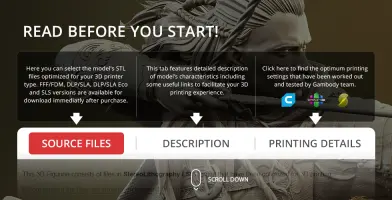
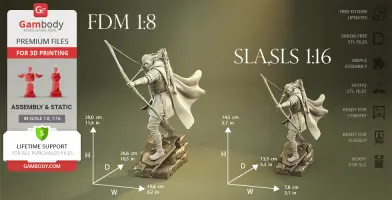
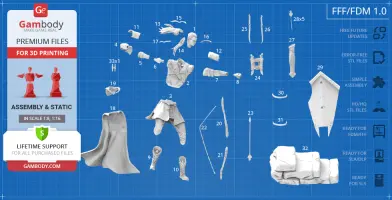
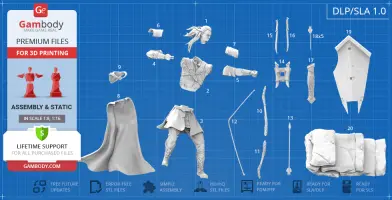
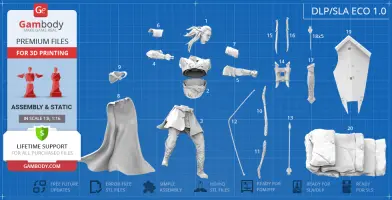
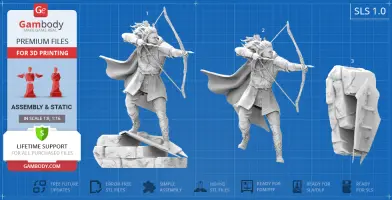
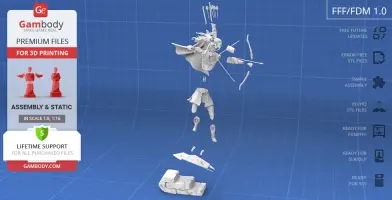
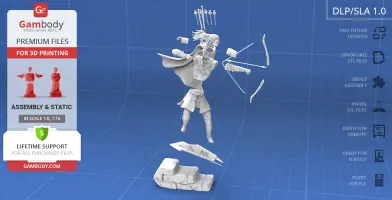
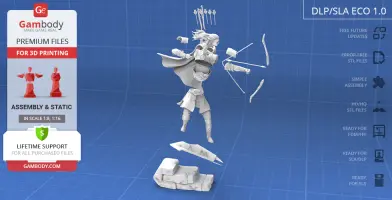
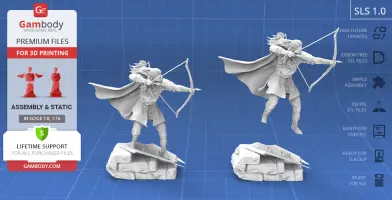
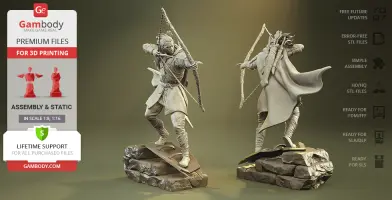
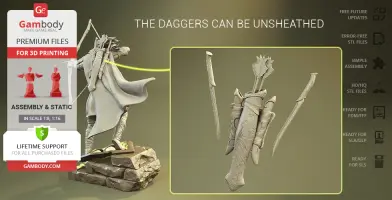
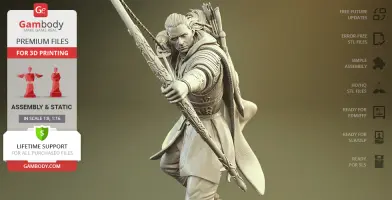
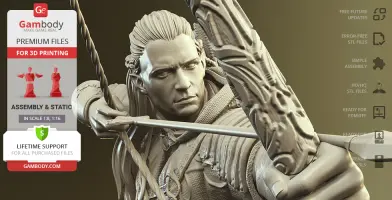
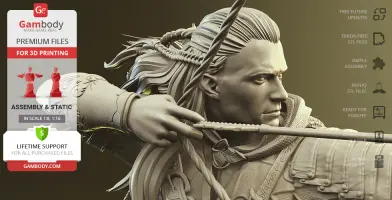
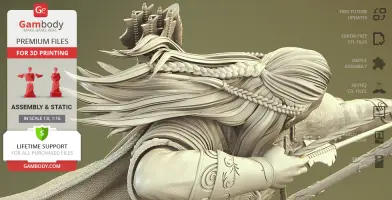
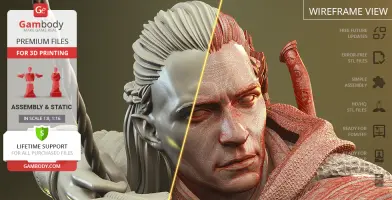
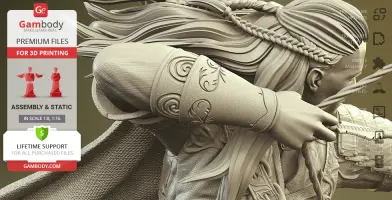
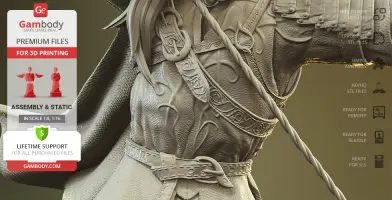
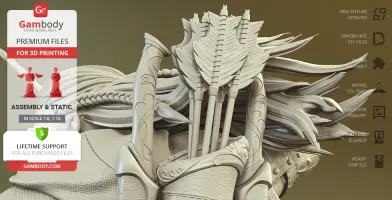
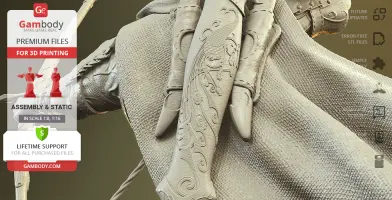
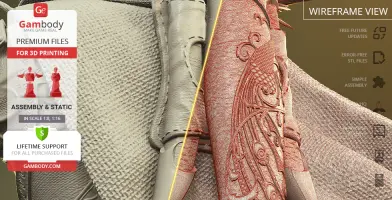
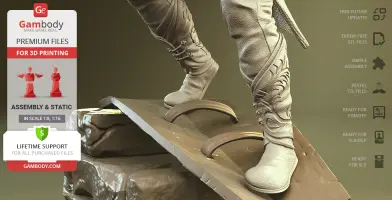
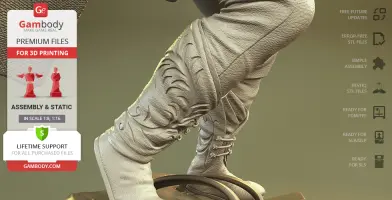
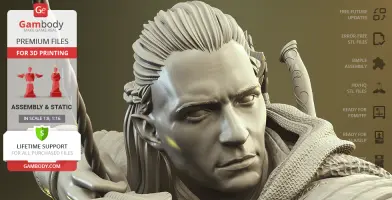
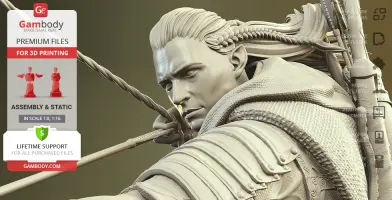
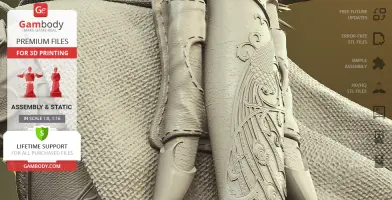
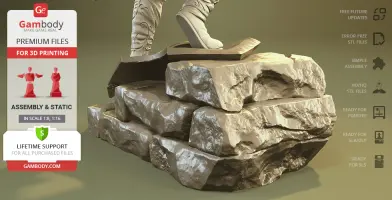
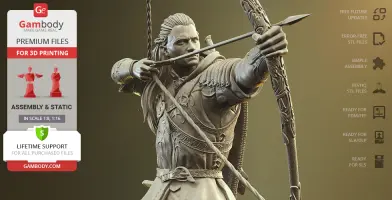
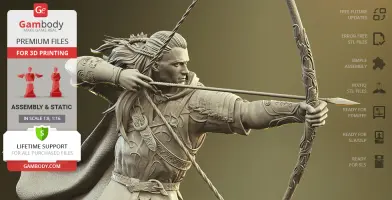
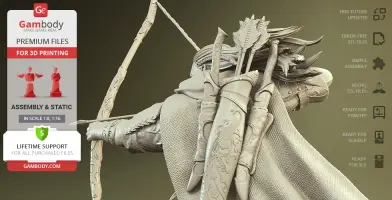
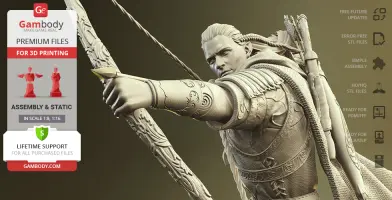
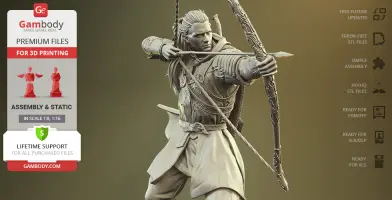
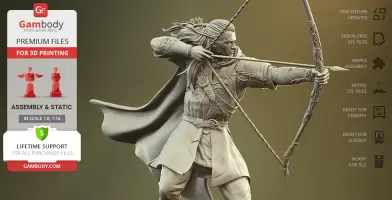
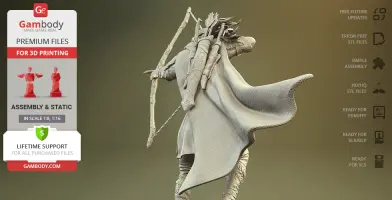
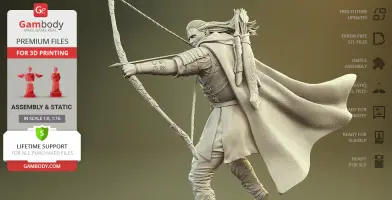
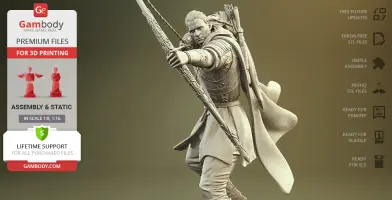
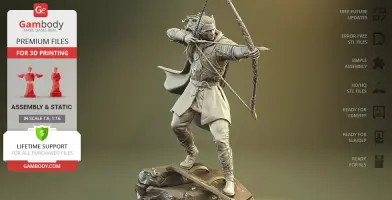
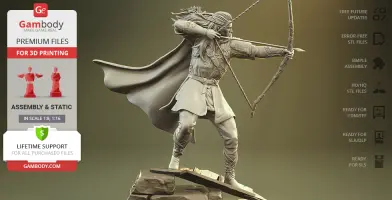
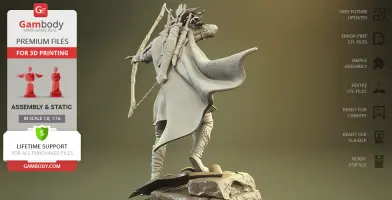
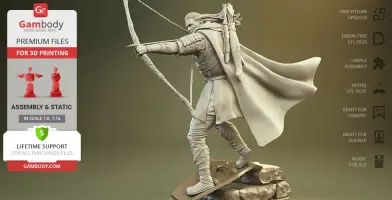
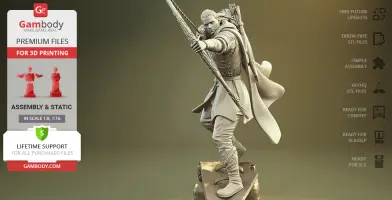
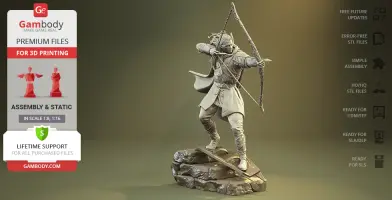
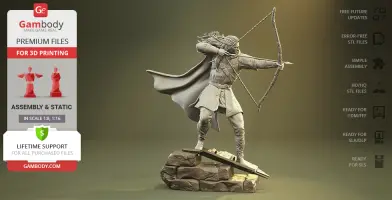
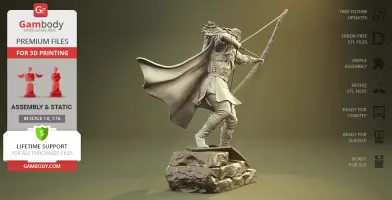
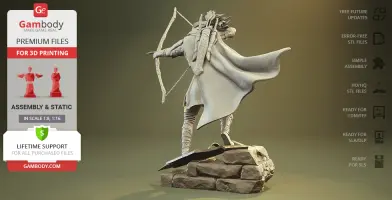
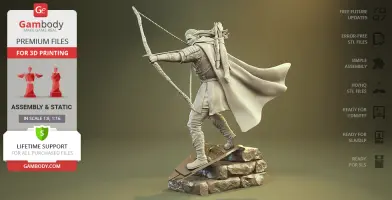
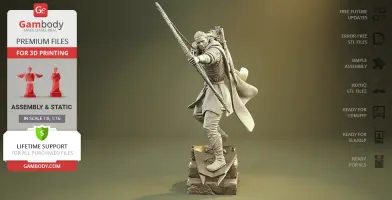
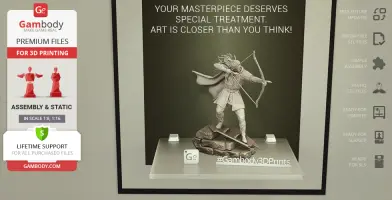
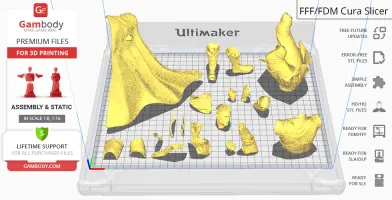
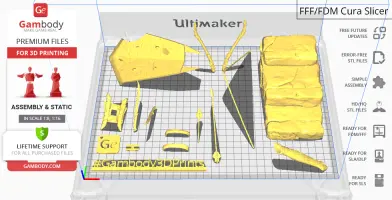


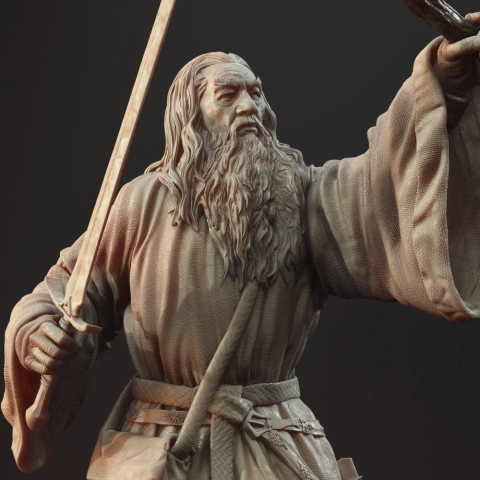

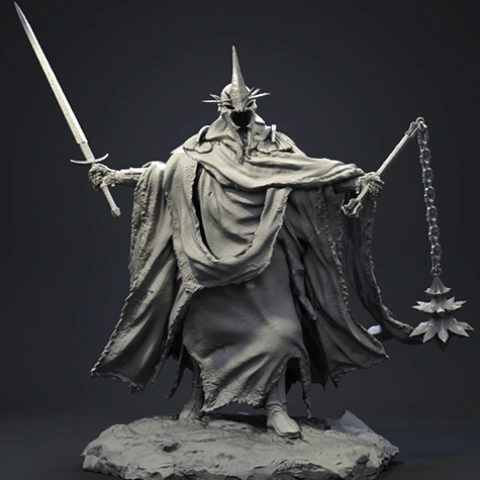
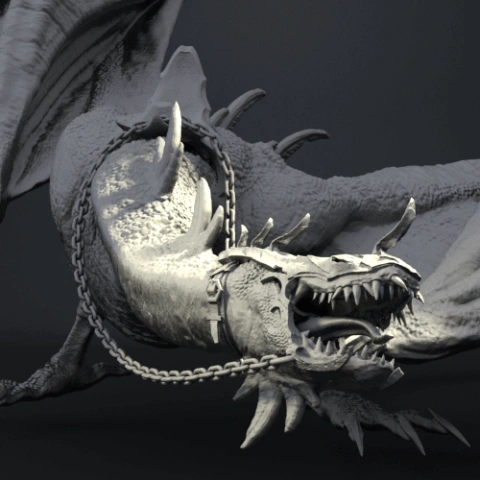
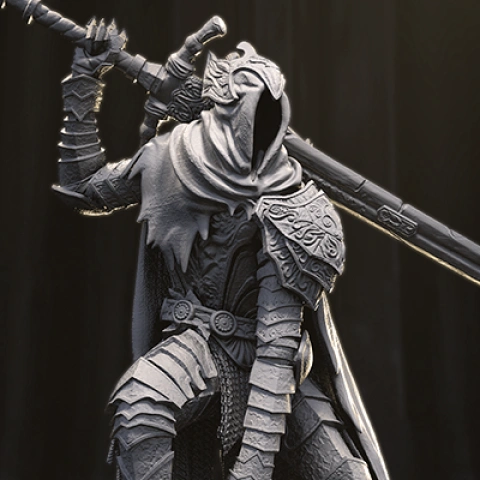
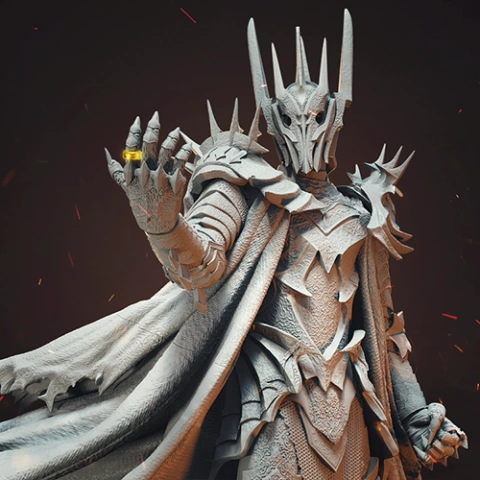
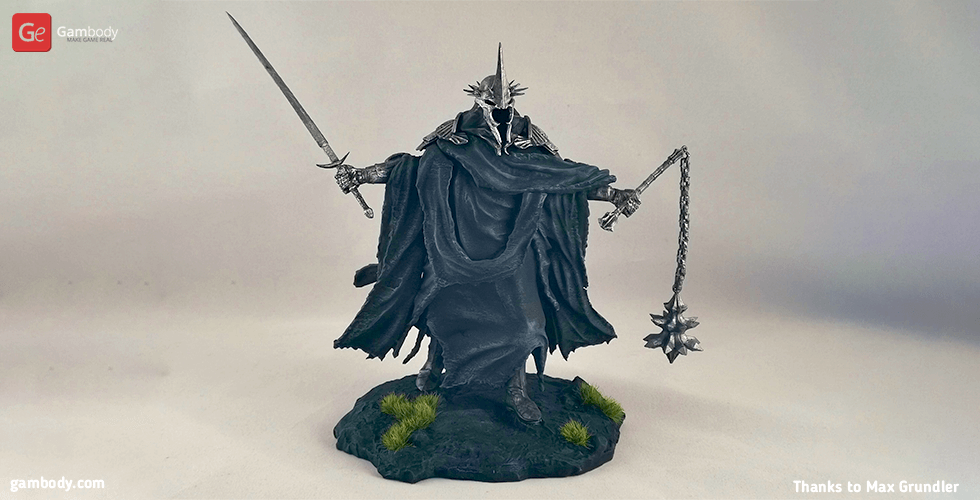
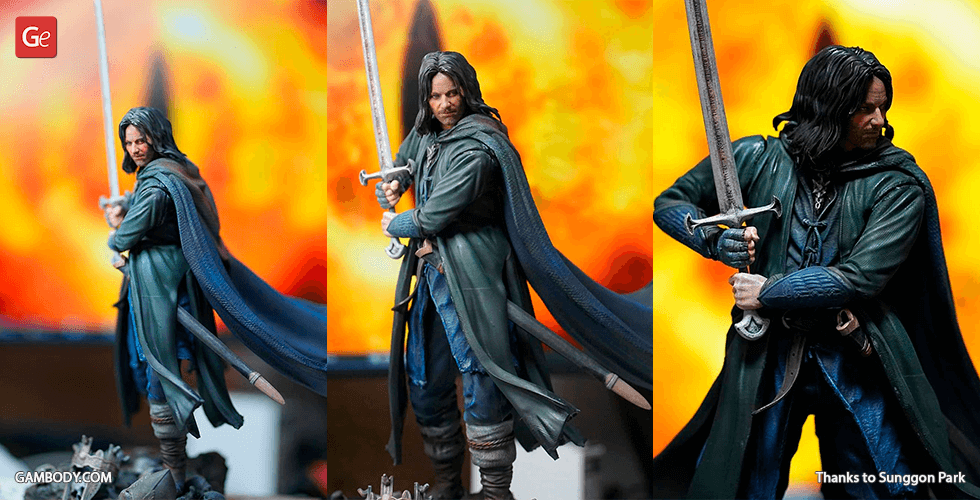
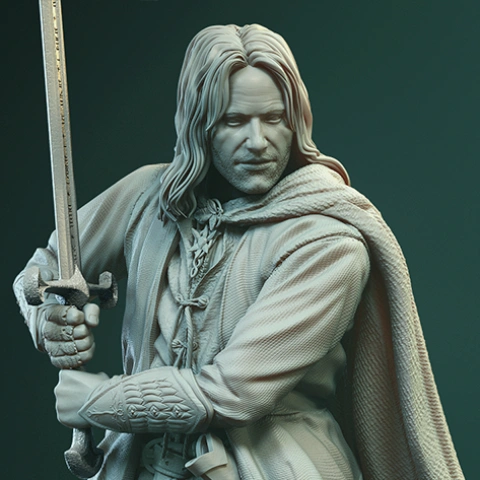
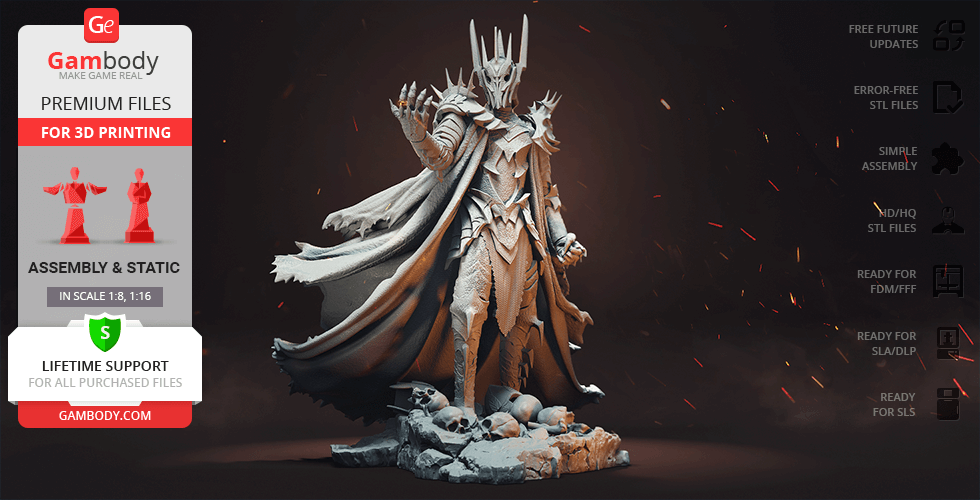
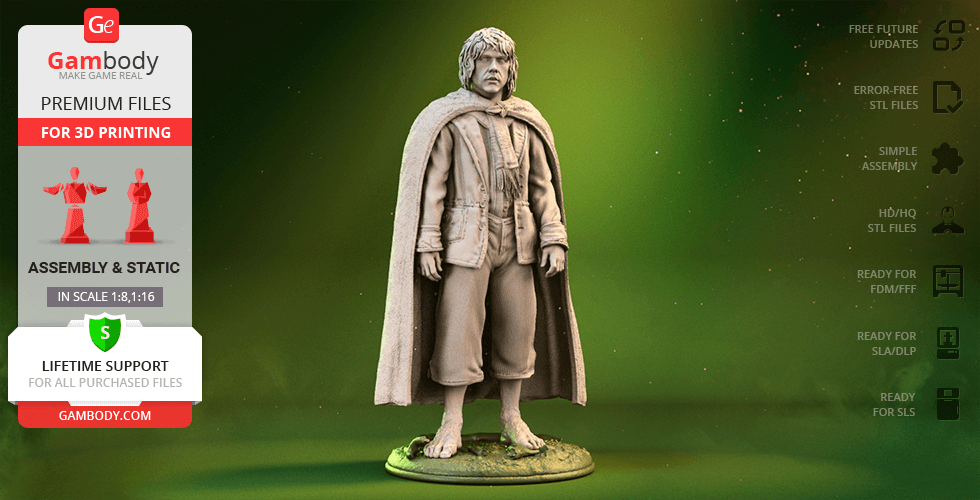
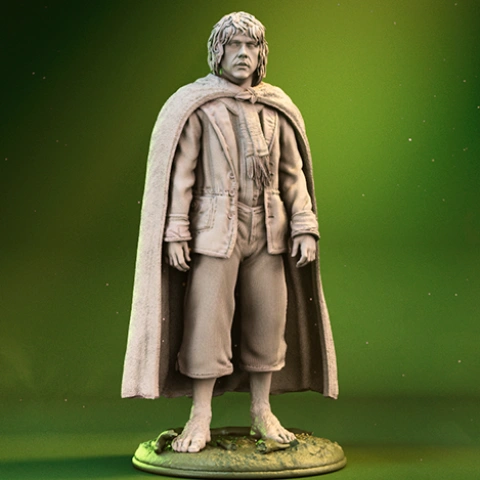
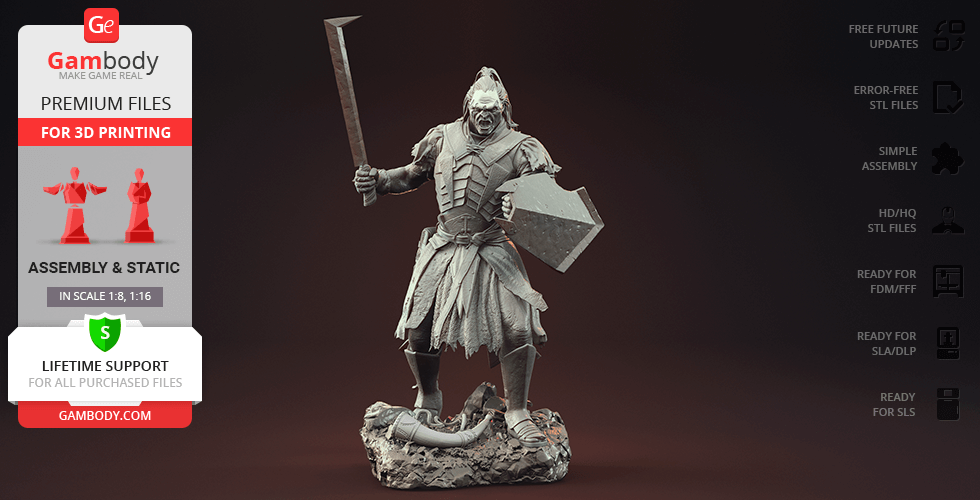
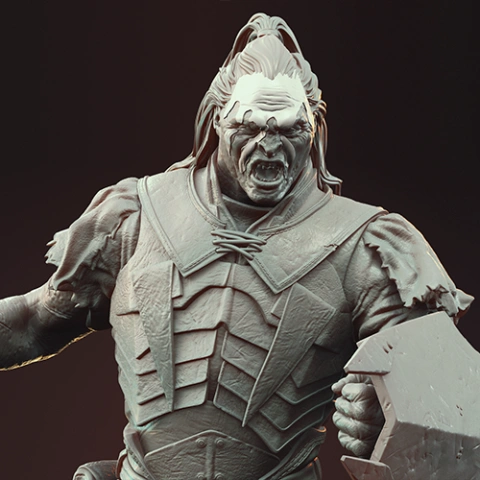
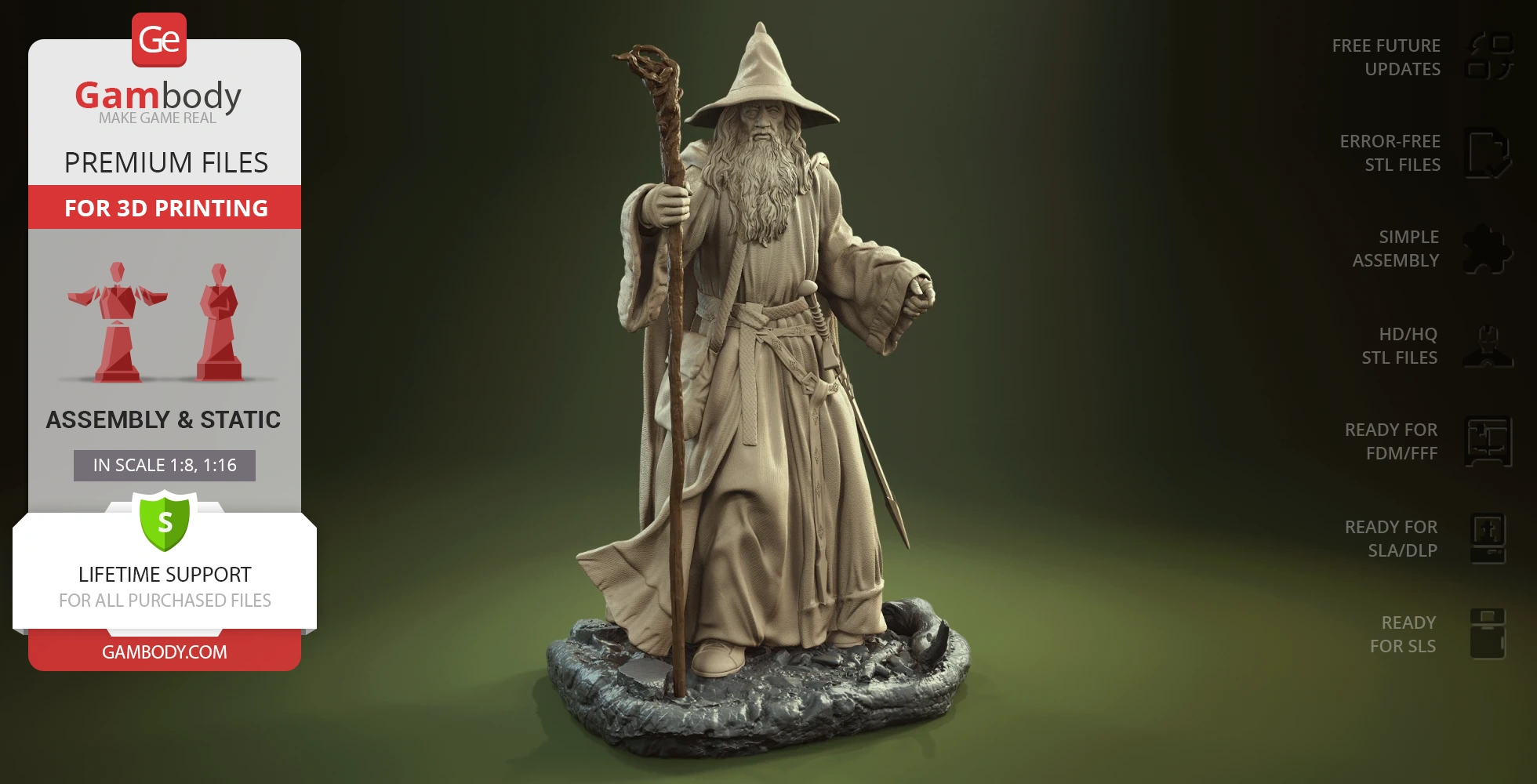
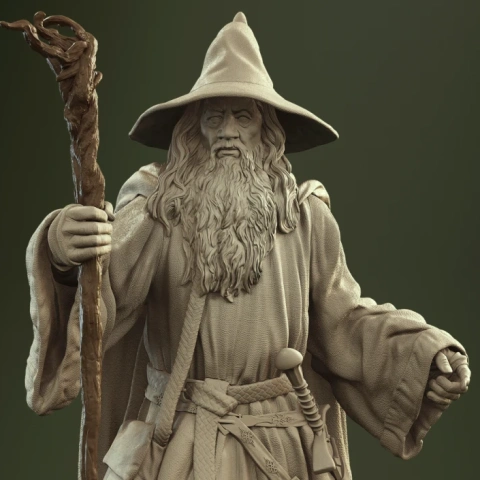
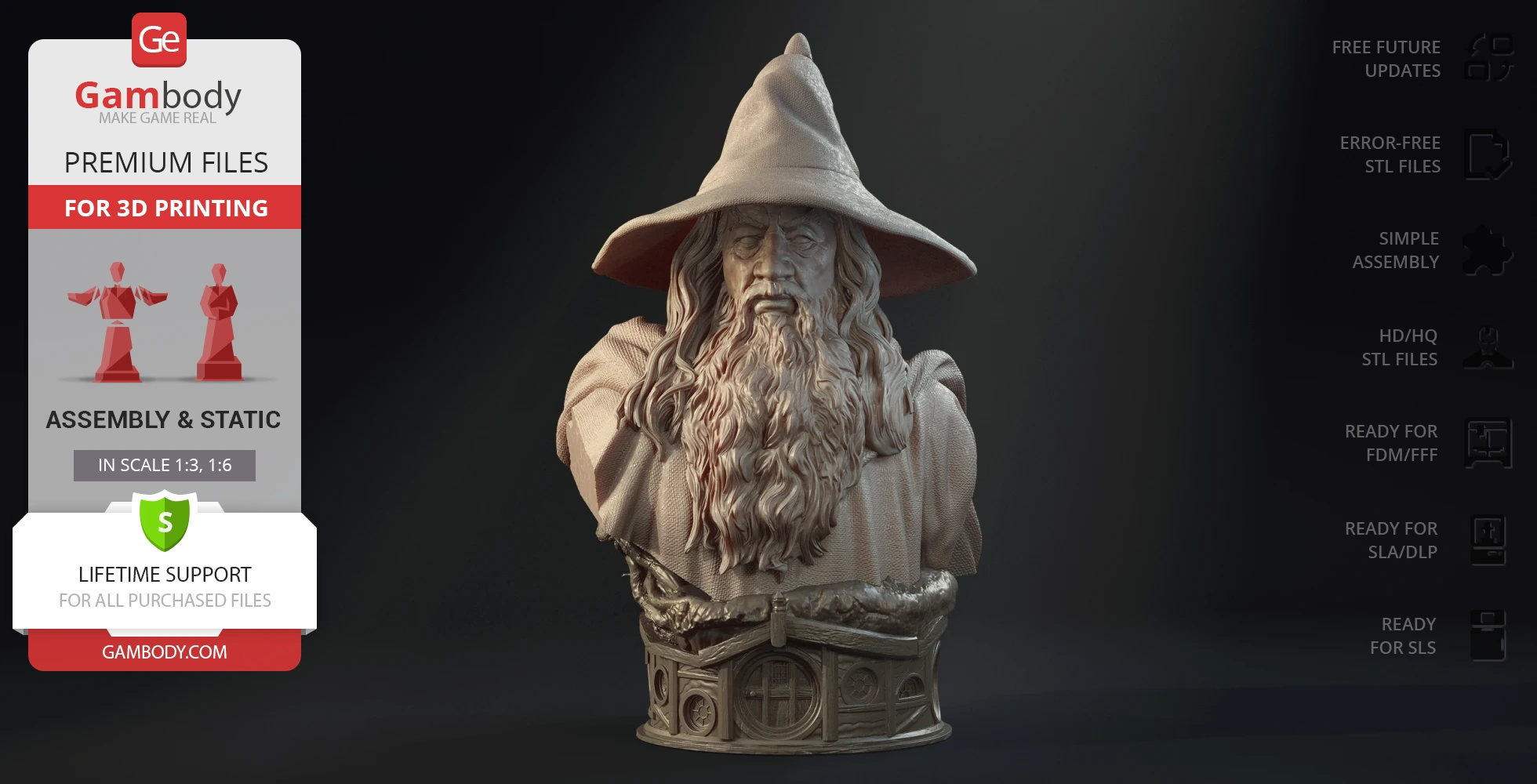
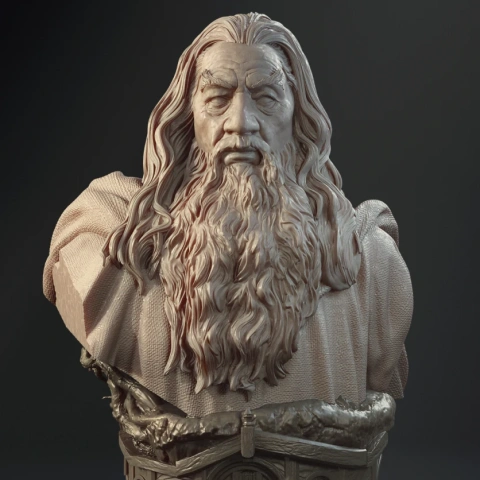
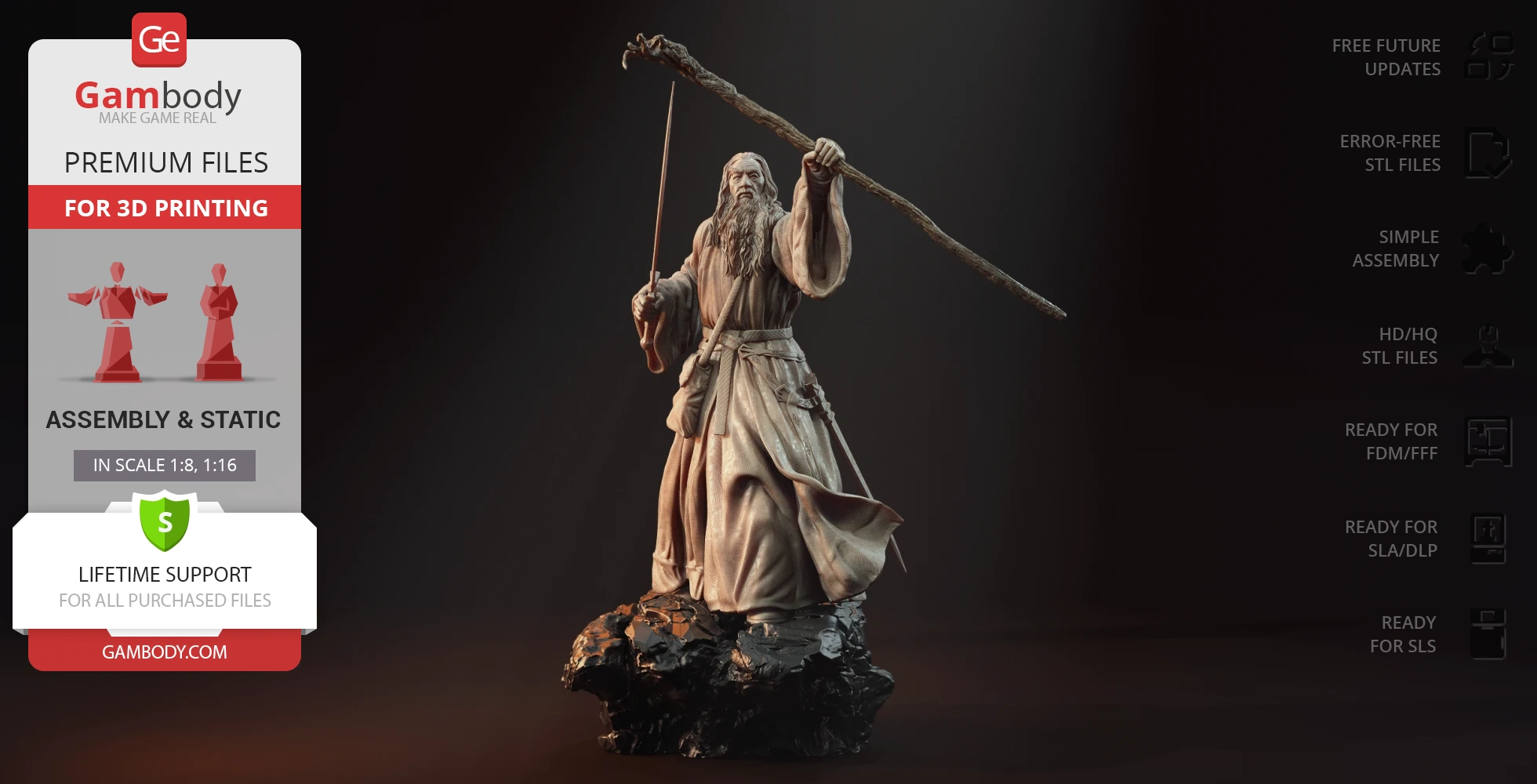
Comments